I’ve met all sorts of people in my life. People who were saying Snow is a color in Magic. People who were counting Snow for Tarmogoyf, and when I said it wasn’t a card type they laughed in my face. Even people who thought Snow is an un-set joke and was never actually appeared on serious cards. Looks like this article is long overdue.
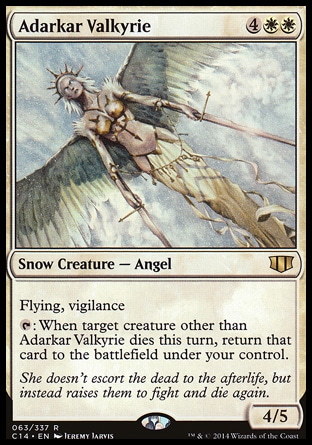
Oracle Text:
Snow Creature — Angel
Flying, vigilance
{T}: When target creature other than Adarkar Valkyrie dies this turn, return that card to the battlefield under your control.
Adarkar Valkyrie has the supertype Snow. There are no special rules about this supertype, it’s just related to some abilities and effects from the “snow” sets — Ice Age, Alliances and Coldsnap. For instance, the Valkyrie gets +1/+1 from Diamond Faerie’s ability effect. Permanents that do not have the Snow supertype are nonsnow. That’s what Chill to the Bone’s rules text points to, being unable to target the Valkyrie.
When a type or subtype is changed, that permanent’s supertype isn’t. There is a separate rule to operate this:
205.4b. An object's supertype is independent of its card type and subtype, even though some supertypes are closely identified with specific card types. Changing an object's card types or subtypes won't change its supertypes. Changing an object's supertypes won't change its card types or subtypes. When an object gains or loses a supertype, it retains any other supertypes it had.
Example: An ability reads, "All lands are 1/1 creatures that are still lands." If any of the affected lands were legendary, they are still legendary.
This, among other things, means that while Leyline of Singularity is on the battlefield, Adarkar Valkyrie has two supertypes: Legendary and Snow.
Adarkar Valkyrie has two static abilities: Flying and Vigilance.
Her third ability is activated. Since the activation cost contains the tap symbol, we’ll have to mind the “summoning sickness”: we cannot activate the ability unless we have controlled the Valkyrie (or the permanent that became it) continuously since the beginning of our most recent turn. Haste alows us to forget about the sickness. When we borrow an opponent’s Valkyrie through Act of Treason, we can activate her ability even though we just gained control of her, since Act of Treason gives its target Haste.
You can activate the Valkyrie’s ability at any time you have priority, and only as long as there is a legal target on the battlefield. Priority is a problematic point. When a player is sacrificing a creature you probably can’t target it, since you don’t have priority at the moment.
Let us read the ability closely: “{TAP}: When target creature other than Adarkar Valkyrie dies this turn, return that card to the battlefield under your control.”
The word target tells us that the Valkyrie’s ability is targeted. Be careful! Only her ability targets, the delayed trigger created by that ability doesn’t have any targets:

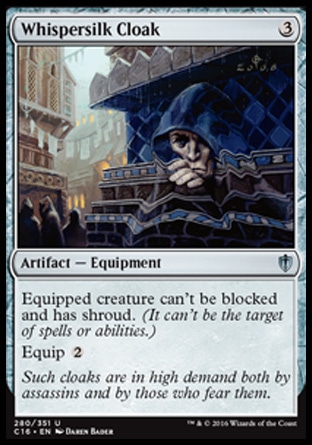
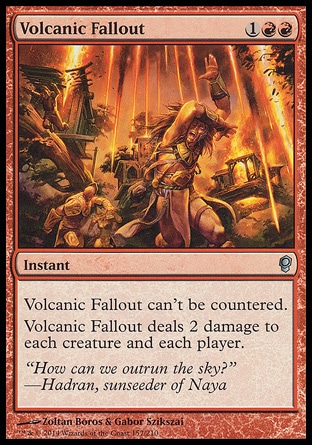
Here’s another thing that players often mishandle: the target of the Valkyrie’s ability has a definition: a creature other than Adarkar Valkyrie. Since the effect text contains the name of the card, it refers to the specific card it is on, not any other object with the same name. This means that one Valkyrie may target another.
The target’s definition doesn’t mention who is supposed to control the target creature. As such, it means that you may (and in some cases you should) target an opponent’s creature.
The target of the Valkyrie’s ability must be on the battlefield when it is acivated. You cannot target something that’s already dead.
When the activated ability resolves, a delayed triggered ability is created. It has effect until end of turn. It doesn’t depend on whether the Valkyrie is on the battlefield or not.
Obviously, if the target creature goes to the graveyard before the activated ability resolves, the ability has no legal targets on resolution, so it is removed from the stack, the delayed trigger isn’t created, and the player cannot bask in its effect.
Now let’s look closely at the delayed trigger:
”When target creatue other than Adarkar Valkyrie dies this turn, return that card to the battlefield under your control”.
When — the signal word alerting us that this is a triggered ability. It may be countered in a number of ways, for instance with Disallow.
object dies — the triggering event. “Dies” means, is put into the graveyard from the battlefield. No other relocations between zones can trigger this ability.
return that card to the battlefield under your control — the delayed trigger’s effect that we get only when it resolves.
- According to the rule 603.7., abilities refer to the specific object even if it has changed characteristics. The Valkyrie can return to the battlefield an animated land, an animated planeswalker, an object that stopped being a creature and then hit the graveyard from the battlefield, etc.
- Your means the ability’s controller. According to the rule 603.7e., the controller of the delayed triggered ability is the player who controlled the Valkyrie’s activated ability as it resolved.
- If the target of Adarkar Valkyrie’s ability was a creature token, it will cease to exist upon the SBA check, and the delayed trigger won’t find it to return it from the graveyard.
- If the card is not in the graveyard by the time the trigger resolves, it cannot be returned to the battlefield.


What happens when two ladies under different players' control contest over one Bear? It depends on who was the last to play the first turn among them. As soon as the bear dies, both delayed trigges go off simultaneously. The active player’s triggers are put onto the stack first, followed by all other players in turn order Thus, the last player in turn order will have his or her trigger put onto the stack last, resolve first, and snatch the Bear right from the brawl under his or her control.
If an object is moved from the graveyard to another zone, the ability “loses track” of it, even if that card returns to the graveyard by the time the delayed triggered ability resolves.
A Geralf’s Messenger without +1/+1 counters targeted with the Valkyrie’s ability dies, then two triggers go off. If Undying goes on the stack after* the Valkyrie’s ability, the Messenger returns to the battlefield under its owner’s control with a +1/+1 counter. If it dies again before the delayed trigger resolves, it won’t return to the battlefield, because the game treats it as an entirely new object.
*This can happen if the same player controls the delayed trigger and Geralf’s Messenger. In that case, the player puts his or her triggers in the order he or she chooses. It’s quite tempting indeed to get the effect of Undying over the Valkyrie’s trigger to get a counter.
If the triggers are controlled by different players, the nonactive player’s trigger will go onto the stack last and will “win”. The delayed trigger will fetch the Messenger, and Undying will have to “chill out”.
Here’s a curious one:

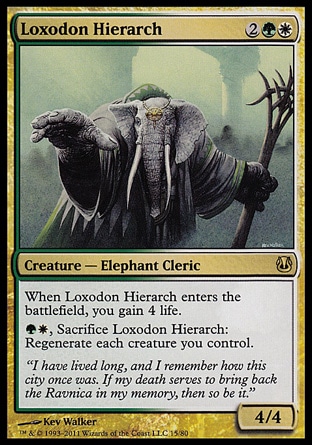
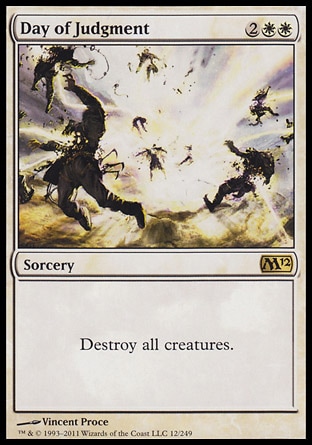
If you control both Adarkar Valkyrie and Loxodon Hierarch continuously, and your cunning opponent casts Day of Judgment, then he is not as cunning as he thinks. In response, you first activate the Valkyrie’s ability targeting the Hierarch, then activate the Hierarch’s ability. As soon as you sacrifice the Hierarch, the Valkyrie’s delayed triggered ability goes off. As it resolves, Loxodon Hierarch will return to the battlefield, with his own abiltity still on the stack (and you get 4 life by the way, unless there are effects that prevent that). Finally, the Hierarch’s ability resolves, and all your creatures get a regeneration shield (including the newly-arrived Hierarch). Now as the opponent’s Day of Judgment resolves, your creatures are just tapped rather than being destroyed. You may giggle, but do it moderately, lest you should get a warning for Non-Sporting Conduct.
P.S.: Perpetuum Mobile fans will enjoy this: Blasting Station, Pestermite and Adarkar Valkyrie. Mwa-ha-ha!
Translated by Witas Spasovski

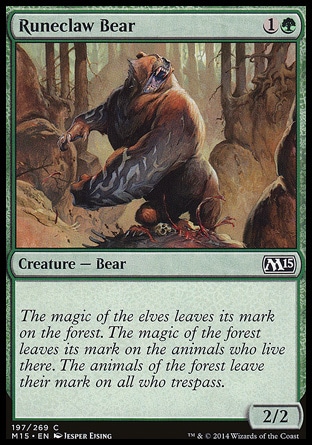
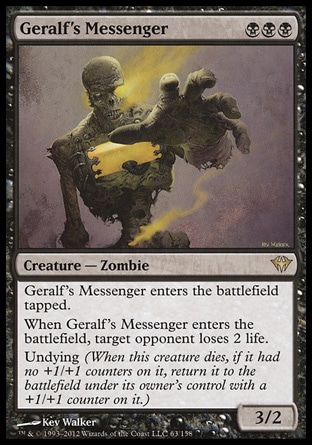
You target a Bear with Adarkar Valkyrie’s ability, it resolves safely. Then the Bear is equipped with Whispersilk Cloak. The cunning opponent casts Volcanic Fallout. What happens?
Volcanic Fallout is not a targeted spell, so the Bear’s Shroud doesn’t rescue it from the damage. The Bear gets lethal damage and goes to the graveyard. Valkyrie’s delayed trigger goes off, it doesn’t target either. And when it resolves, we get our Bear back.